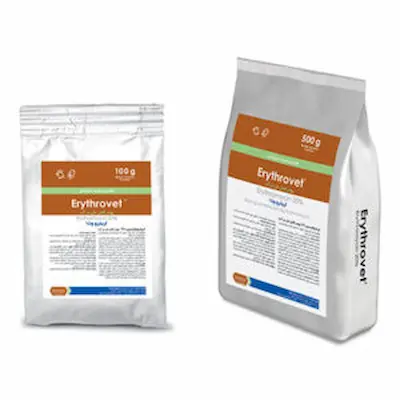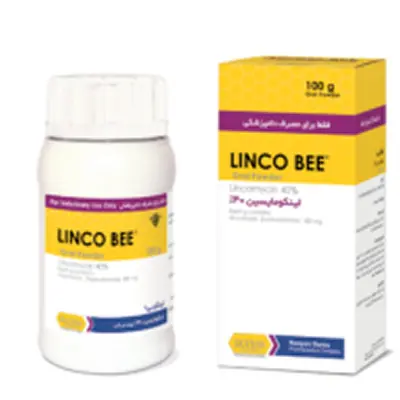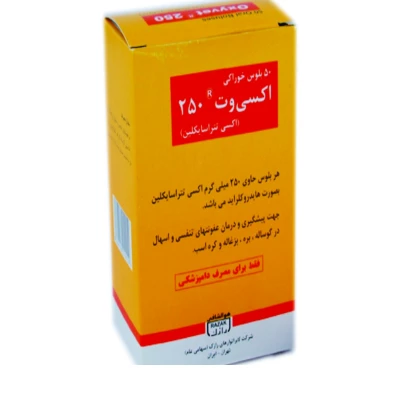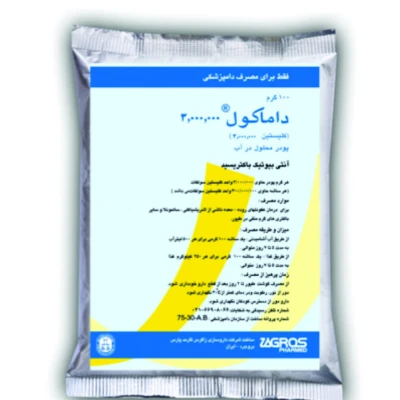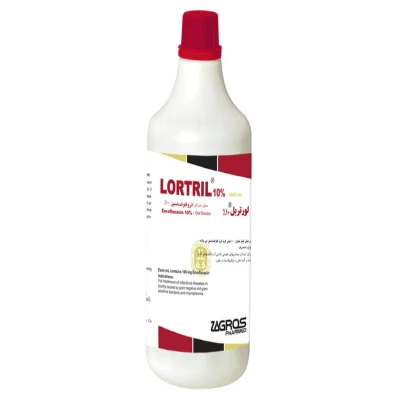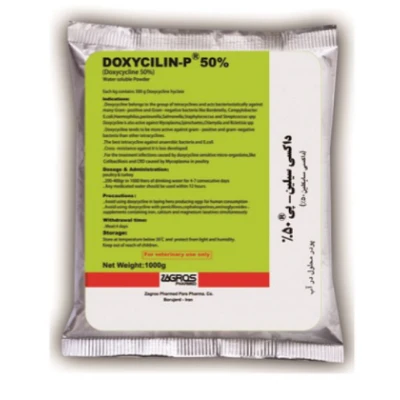
Packaging
Available in 100 g, 500 g, and 1 kg sachets (typically multilayer aluminum foil to protect against moisture and light)

Compounds
Each gram of powder contains 200 mg of erythromycin (as thiocyanate).

Mechanism of the Effect
Erythromycin is a macrolide antibiotic that exerts its effect by reversibly binding to the 50S subunit of bacterial ribosomes, thereby inhibiting protein synthesis. It is primarily bacteriostatic, but at higher concentrations, it may exhibit bactericidal activity

Use case
Erythrovet is used in poultry for the treatment of:
Chronic Respiratory Disease (CRD) caused by Mycoplasma infections
Respiratory infections sensitive to erythromycin
Bacterial diseases such as:
Staphylococcus aureus (infectious arthritis)
Clostridial infections
Avibacterium paragallinarum (infectious coryza)
Pasteurella multocida

The amount and how to use
Dosage – Poultry: Dissolve 1 gram of 20% erythromycin powder in 1 liter of drinking water, administered for 3 to 5 consecutive days.

Caution
Adverse Effects – Erythrovet: Erythrovet rarely causes side effects. However, in some cases—particularly following excessive use—the following may occur:
Nausea
Diarrhea
Allergic reactions
Loss of appetite (anorexia)

Drug interference
Sources:
Erythromycin Side Effects – Drugs.com
Érythrovet Side Effects – ndrugs
MedicinesFAQ – Érythrovet Profile
Search results on Erythrovet side effects (for further reading)

Maintenance conditions
Storage Conditions – Erythrovet: Store in a dry place, at a temperature below 25°C, protected from direct sunlight, and out of reach of children and animals. Protect from freezing.
